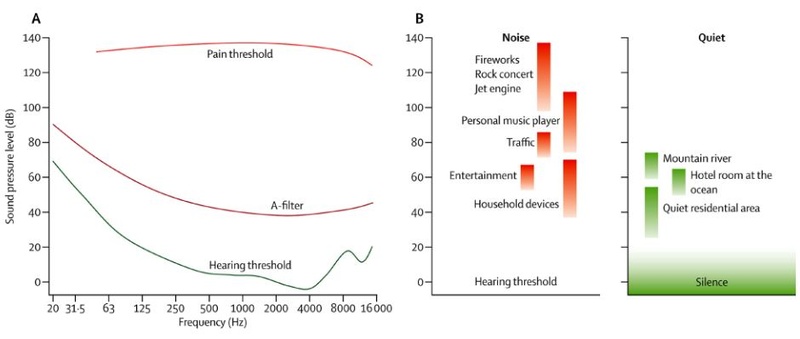News Release from windfair.net
Wind Industry Profile of
Report Excerpt - 'No direct evidence' that wind farms affect health
There is “no direct evidence” that windfarms affect health in humans, a report by the National Health and Medical Research Council (NHMRC) has found.
However the chairman of the NHMRC wind farms and health reference group, the Sydney University Emeritus Professor Bruce Armstrong, said the available studies on the subject were of too poor a quality to confidently rule out any link.
“It’s absolutely the case that there was no direct evidence that exposure to wind farms affects someone’s physical or mental health directly,” Armstrong said. “There was evidence that people were more likely to be annoyed, particularly annoyed about wind farms, when they were close to them, and we do know that being annoyed, long periods of being annoyed, can lead to stress, and we know stress can lead to poor health outcomes ... so there’s a potential indirect effect.”
The Evidence on Wind Farms and Human Health information paper was released on Wednesday and is the result of a review of more than 4,000 documents on the connection between wind farms and health.
NHMRC’s chief executive, Professor Warwick Anderson, said the documents included those submitted by the public and ranged from scientific studies to editorials and court transcripts.
Only 13 of the 4,000 documents reviewed met the reference group’s criteria for relevant research.
“The key finding of the review is that there is currently no consistent evidence that wind farms cause health problems in humans,” Anderson said. “It’s important to note that ‘no consistent evidence’ does not mean no impact on human health.”
Anderson said the NHMRC would fund “high-quality” research in the area in order to be able to properly address public health concerns.
For an existing study to meet the criteria, it had to specifically measure changes in the health of participants who were “exposed” to wind farms and compare it with a group of participants who were not exposed.
Armstrong said all 13 studies that did meet that criteria were of “poor quality”.
“Ultimately there were none of them of which we could say they were good-quality studies on which we could rely,” he said.
He said the studies often relied on a person’s own account of their health rather than objective evidence, had a low participation rate and, most importantly, did not hide the purpose of the study from participants.
“As soon as you get that happening there’s potential for bias to enter into the results,” he said.
Armstrong said the nature of the studies made it difficult to determine the cause and effect of some of what could be indirect health impacts, such as poor sleep quality.
“If a person says they were annoyed about wind farms they are rather more likely to report having trouble sleeping,” he said. “There’s a chicken-and-egg situation there that we can’t quite resolve.”
Typical sound pressure levels for common environmental noise sources. (A) The sensitivity of the auditory system depends on sound frequency and sensitivity is highest between 2000 Hz and 5000 Hz (green line). The A-filter (dark red line) is a frequency-weighting of sound pressure levels that mimics the sensitivity of the auditory system (e.g. low-frequency sounds contribute little to the A-weighted dB level). (B) A-weighted sound pressure levels for several environmental sounds,emphasising that whether or not a sound is perceived as noise depends largely on the context and the individual, and is only partly determined by its sound pressure levels.
However he said comparative studies on the health impacts of noise showed that noise levels were too low to cause a problem more than 1.5km from a wind farm.
He said that for a study to actually settle the question, it would have to measure low-frequency and infra-red noise at certain distances from the wind farm, accumulate objective medical evidence, and look at the social and environmental “meta-circumstances” of people who live near wind farms and are reporting health problems.
Armstrong compared the issue to the debate about whether mobile phones caused brain tumours – one which had “very little evidence” in science but was the cause of significant public concern.
Anderson said the level of public concern about potential health impacts of windfarms meant it was worth conducting high-quality research – the cost of which had not yet been announced.
He said the call for more research was a reflection on the paucity of available research and should not “send the message of alarm and concern”.
To receive more information on this article, our Newsletter or find out more about what w3.windfair.net has to offer, please, do not hesitate to contact Trevor Sievert at ts@windfair.net.
Please don't forget to follow us on Twitter: w3.windfair.net on Twitter
w3.windfair.net is the largest international B2B internet platform in wind energy – ultimately designed for connecting wind energy enthusiasts and companies across the globe.
- Source:
- National Health and Medical Research Council (NHMRC)
- Author:
- Edited by Trevor Sievert, Online Editorial Journalist / by NHMRC Staff
- Email:
- ts@windfair.net
- Link:
- w3.windfair.net/...


